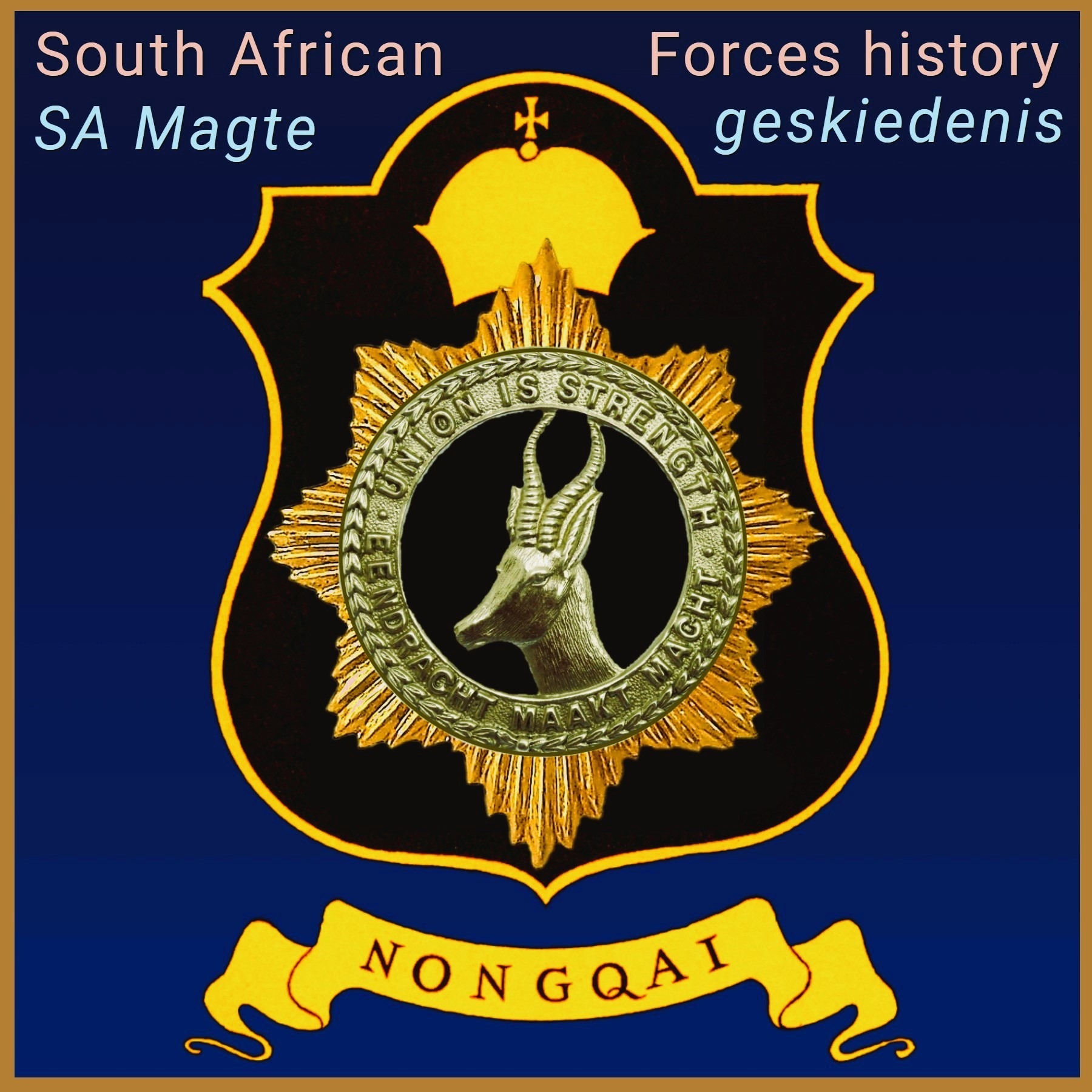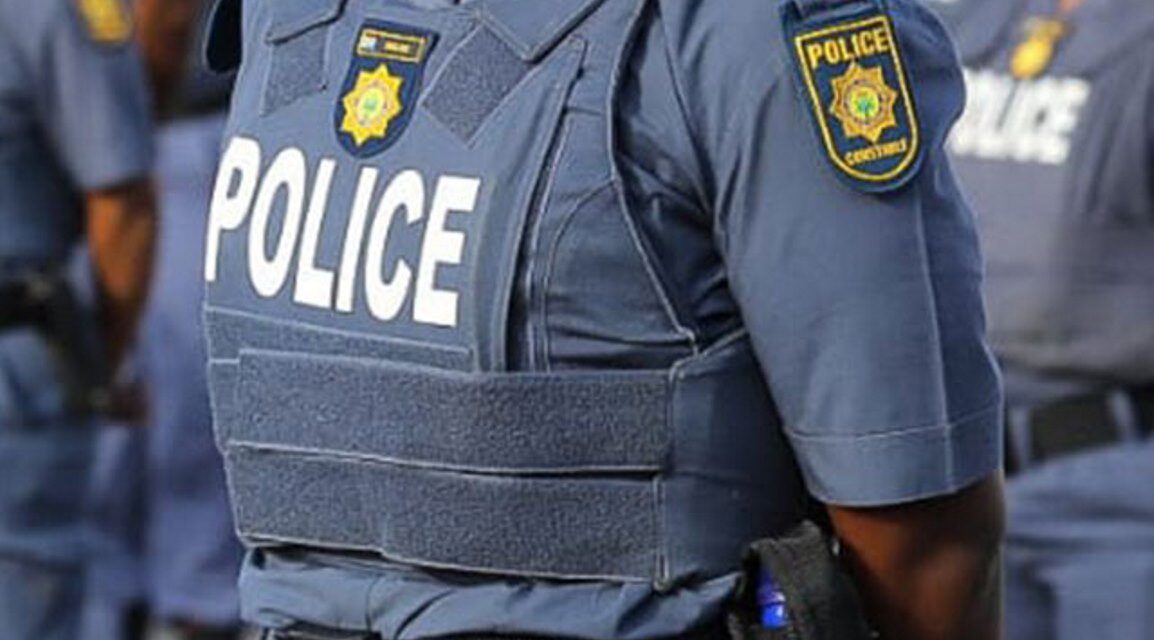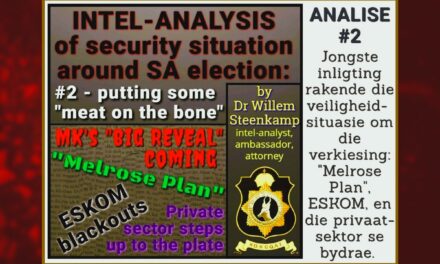EIETYDSE POLISIEGESKIEDENIS | CONTEMPORARY POLICE HISTORY
Lt Jan de Klerk (Police Scientist)
Abstract and Keywords
In 1994 the advent of democracy raised expectations for a new, community policing model. It was a model of policing that everyone can be proud of. The police would treat everyone with the necessary respect, service delivery was to be priority, and the communities would feel safe and supportive of their local police service.
Almost 30 years later and these dreams and promises are just that and public confidence and support is at a very low point, receding daily. The larger community do not trust or respect the police.
The SAPS has deteriorated into an inefficient, underperforming, ill-disciplined and careless entity that is failing the community at large. This unfortunate situation is blamed on inadequate, if not incompetent command and control.
Despite an abundance senior leadership to guide, control and supervise the regular members, they are not compelled or competent to contribute and build an effective, productive and efficient policing agency. Regular members do not know the parameters of discipline, respect and efficiency to perform the task that they are engaged in.
The absence of command and control is found in tacky police offices, filthy dwellings, neglected police transport, sloppy uniforms and disrespectful conduct.
The SAPS Annual Performance Plan is very different from reality. The plan is a vision of a modern disciplined policing organisation. However, reality is a concoction of an ill disciplined, incompetent disrespectful crowd who have little sense of community service
Keywords
Morals, Community service, Values, Command, Control, Carelessness, Self-respect, Neglect, Barrack, Respect, Disrespect, Restructuring, Transformation, Decolonising, Africanisation, Service expectation, Uniforms, Protection, Vehicles, Annual Performance Plan

One night last week, three suspected criminals broke into my vehicle, causing extensive damage to the ignition and wiring. When I chased after them, they left the scene with battery, spare wheel and jack. I called my private armed response that arrived within a matter of minutes. After supplying them with a detailed description of the alleged perpetrators, I went back to sleep. Calling the SAPS crossed my mind but the effort to get them to the scene within a reasonable time and then dealing with them in general just did not seem worth to waste my energy.
The next few days I spent contemplating my lack of confidence and trust in the SAPS. After serious soul searching, I came to a few conclusions that I wish to share in the vein of a concerned but supportive patriot in the war against crime.
First, I live in a house that is more than 120 years old. At the time of construction, the colonisers did not leave room for garages or off-street parking. A serious neglect by the developers that I am sure will not be permitted under the current democratic dispensation. My car was in the street due to the legacy of colonialism.
Contemplating my cynicism concerning the SAPS, I realised that I am prejudiced based on perceptions of the police.
The manifestation of the government’s ethos on police work impedes on my ability to associate with or support the police. People keep company with others that share social morals, values and visions. The company that I keep believes that a healthy, safe and orderly environment promotes harmonious lifestyles. We are obsessed with an orderly and harmonious lifestyle.
Over the past few years, I had the dubious honour to visit a number of police stations and sometimes visited the offices that serve the Community Service Centres.
The image here is of a random police station published on the
GroundUp website. Note how the police show respect for the national flag. The shoddy, skew mast would do to attach a banner promoting a real estate open house, not as a beacon of protection and justice to a crime-ridden community. “
The National Flag must be treated with dignity and respect.”

(
http://www.dac.gov.za/sites/default/files/NationalSymbols.pdf).
GroundUp.org.za
Note the perimeter fence and the sagging gate that serve no purpose but to clutter the environment. Does this image serve the SAPS officers with pride? The group that I associate with frown upon such a neglected environment and share little belief in the effectiveness of the occupiers.
I referenced my visits to police stations and I recall very few offices if any, that were clean and clutter free. Dusty, dirty offices are a sign of carelessness, no self-respect and unprofessionalism. Office clutter is a sign of disorganisation, lack of discipline and uncertainty. My company have no confidence in chaos.
Recently the media reported about the state of police accommodation. The latest hovel of police accommodation is the once pristine Pretoria Central police barrack. Formerly it was the pride of the police and a symbol of hope for the people of Pretoria – now it is a dump.
https://www.citizen.co.za/news/police-suddenly-sent-packing-tshwane-barracks/
Apparently, there are hundreds of police stations and dwellings in similar condition throughout the country. I saw images of filth accumulating in barracks corridors, garbage adorning the accommodation grounds, neglected gardens etc. Imagine the public have to trust and respect police officers that fancy living in this squalor.


| SAPS Mount Road single quarters (HeraldLive) |
SAPS Algoa Park Married quarters garages(HeraldLive) |
However, I doubt that this is a social trait. It is a command-and-control problem.
Talking about human resources; the dress code in the service industry (which includes policing) should be impeccable at all times. Dress code impresses, gains respect, influence clients and conveys a positive image.
Tacky uniforms, obese officers (a healthy body, healthy mind) and a slouch do nothing to impress or gain respect. Police officers should display authority, protection, confidence and presence. These are elements necessary to pacify the community, instil confidence, and trust in the protectors of society.
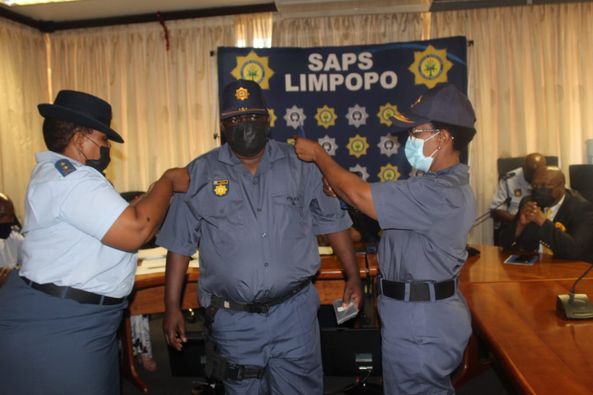 SAPS.org SAPS.org |
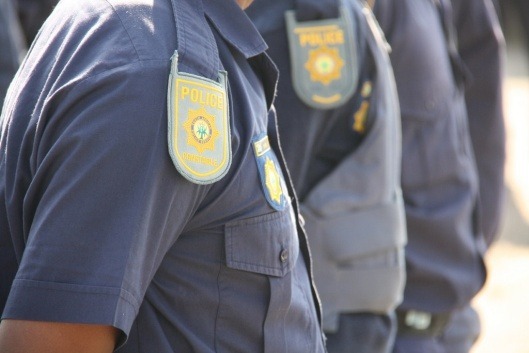 NorthCoast Courier NorthCoast Courier |
 HeraldLive HeraldLive |
Another command-and-control failure.
Police vehicles are another area of where trust and confidence is lost. Apart from approximately 30% that are out of service (
recent media reports), many of those in use are hardly roadworthy. A broken indicator lens will deem a vehicle not roadworthy. Does the custodian of laws tacitly condone infringes of the law?
Dirty police vehicles are a sign of lack of discipline in the absence of control. Many vehicles are accident damaged, rusty and appearing neglected and well worn. Often the police badge and livery are substandard quality, peeling and cracking. This does not encourage confidence or trust in the anticipated service.
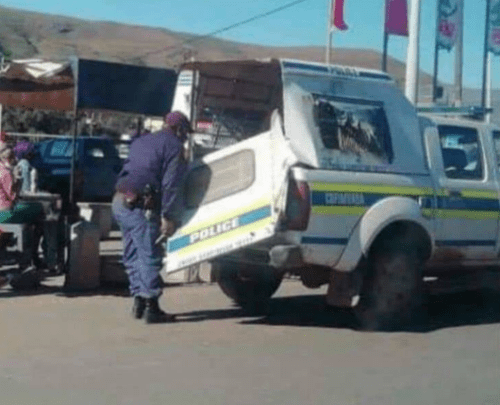 News24 News24 |
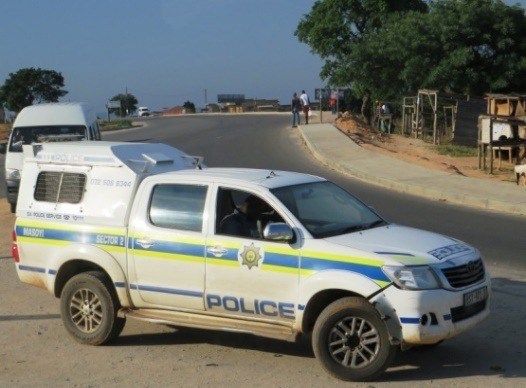 Masoyi Wikimedia Commons Masoyi Wikimedia Commons |
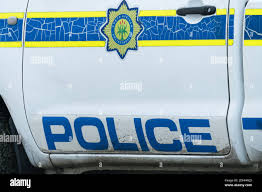 Alamy Alamy |
Perhaps I must blame my cynicism on the obsessive-compulsive pedanticism of my rearing. However, I am not completely disillusioned with the SAPS. I acknowledge and commend the exceptions, where the brave officers have excelled and arrested, even killed alleged perpetrators.
Most of the above challenges can be addressed with improved management, command and control.
In 1993 the SA Police Force employed 29 generals and the total manpower was 83764. The ratio was 2888 officers per general. Total crimes reported for that year were an alarming 1781861cases. The majority civilians despised the police. However, command and control of the police were centralised, the officers were proud, disciplined, committed, and dedicated. Due to ideological propaganda, the police had a misplaced loyalty to a hated political dispensation.
The current SAPS organisation is supposedly unbiased towards political agendas but still lack the respect, support and trust of the public. They are more often than not ill disciplined, sloppy and careless. This is evident by the rising crime rate, low conviction rate, attacks on police officers and lack of public support.
Restructuring the command-and-control function to address the issues raised, will have a profound influence on the entire organisation and will go a long way to improve efficiency and effectiveness.
In this financial year (2022/2023) there are a total of 143 generals and 176708 police officers. The ratio is 1236 officers per general with 1480763 crimes reported in the previous year. Compared to 1993 the increase in the executive management structure (command and control) has reduced the ratio per commanding general by more than half, but there was only a marginal reduction in crime. (
Figures obtained from the relevant SAPS Annual Reports and SA Yearbooks).
The purpose of a general is to exercise excellent leadership skills. They are obliged to develop policy and maintain discipline and order. They must endorse the prestige of the police and has an obligation on the value of equipment and total obligation of authority. They are the decision makers, the executive who are lucratively compensated to supervise, control and ensure an effective organisation.
Using 1993 as benchmark for command and control, and keeping 30 generals in the upper echelons for national and provincial management will confirm command and control in the regular members.
One hundred and thirteen senior executives (generals) will take command and control across all hierarchical levels. With proper coaching, these executives can coordinate police relationships, sharing the values and moral propensity of the community, disciplines the members, and promotes effective policing.
Totalling 1160 police stations nationwide, each general will need to oversee on average less than 11 stations. This leaves ample power for addressing command and control issues. Addressing perception misconceptions and improving the police image will increase public confidence and ensure community participation as envisaged during the pre-democracy negotiations.
However, my observations and perceptions may be misplaced. The cynicism may detract from the need to transform to an Africanised police organisation.
If this holds true, minister Bheki Cele must clarify the position in the Annual Performance Plan of the police. For the last decade, these plans contained visions and plans that raised unattainable service expectations for the SAPS. The minister should be bold and pronounce the Africanisation of the SAPS, emphasising the need for de-colonisation.
Such a bold statement will clarify the current perceptions and prepare the public to embrace the culture of careless, amateurish policing and the celebration of mediocrity.
Jan de Klerk
Policing Scientist



 One night last week, three suspected criminals broke into my vehicle, causing extensive damage to the ignition and wiring. When I chased after them, they left the scene with battery, spare wheel and jack. I called my private armed response that arrived within a matter of minutes. After supplying them with a detailed description of the alleged perpetrators, I went back to sleep. Calling the SAPS crossed my mind but the effort to get them to the scene within a reasonable time and then dealing with them in general just did not seem worth to waste my energy.
The next few days I spent contemplating my lack of confidence and trust in the SAPS. After serious soul searching, I came to a few conclusions that I wish to share in the vein of a concerned but supportive patriot in the war against crime.
First, I live in a house that is more than 120 years old. At the time of construction, the colonisers did not leave room for garages or off-street parking. A serious neglect by the developers that I am sure will not be permitted under the current democratic dispensation. My car was in the street due to the legacy of colonialism.
Contemplating my cynicism concerning the SAPS, I realised that I am prejudiced based on perceptions of the police.
The manifestation of the government’s ethos on police work impedes on my ability to associate with or support the police. People keep company with others that share social morals, values and visions. The company that I keep believes that a healthy, safe and orderly environment promotes harmonious lifestyles. We are obsessed with an orderly and harmonious lifestyle.
Over the past few years, I had the dubious honour to visit a number of police stations and sometimes visited the offices that serve the Community Service Centres.
The image here is of a random police station published on the GroundUp website. Note how the police show respect for the national flag. The shoddy, skew mast would do to attach a banner promoting a real estate open house, not as a beacon of protection and justice to a crime-ridden community. “The National Flag must be treated with dignity and respect.”
One night last week, three suspected criminals broke into my vehicle, causing extensive damage to the ignition and wiring. When I chased after them, they left the scene with battery, spare wheel and jack. I called my private armed response that arrived within a matter of minutes. After supplying them with a detailed description of the alleged perpetrators, I went back to sleep. Calling the SAPS crossed my mind but the effort to get them to the scene within a reasonable time and then dealing with them in general just did not seem worth to waste my energy.
The next few days I spent contemplating my lack of confidence and trust in the SAPS. After serious soul searching, I came to a few conclusions that I wish to share in the vein of a concerned but supportive patriot in the war against crime.
First, I live in a house that is more than 120 years old. At the time of construction, the colonisers did not leave room for garages or off-street parking. A serious neglect by the developers that I am sure will not be permitted under the current democratic dispensation. My car was in the street due to the legacy of colonialism.
Contemplating my cynicism concerning the SAPS, I realised that I am prejudiced based on perceptions of the police.
The manifestation of the government’s ethos on police work impedes on my ability to associate with or support the police. People keep company with others that share social morals, values and visions. The company that I keep believes that a healthy, safe and orderly environment promotes harmonious lifestyles. We are obsessed with an orderly and harmonious lifestyle.
Over the past few years, I had the dubious honour to visit a number of police stations and sometimes visited the offices that serve the Community Service Centres.
The image here is of a random police station published on the GroundUp website. Note how the police show respect for the national flag. The shoddy, skew mast would do to attach a banner promoting a real estate open house, not as a beacon of protection and justice to a crime-ridden community. “The National Flag must be treated with dignity and respect.”
 (http://www.dac.gov.za/sites/default/files/NationalSymbols.pdf). GroundUp.org.za
Note the perimeter fence and the sagging gate that serve no purpose but to clutter the environment. Does this image serve the SAPS officers with pride? The group that I associate with frown upon such a neglected environment and share little belief in the effectiveness of the occupiers.
I referenced my visits to police stations and I recall very few offices if any, that were clean and clutter free. Dusty, dirty offices are a sign of carelessness, no self-respect and unprofessionalism. Office clutter is a sign of disorganisation, lack of discipline and uncertainty. My company have no confidence in chaos.
Recently the media reported about the state of police accommodation. The latest hovel of police accommodation is the once pristine Pretoria Central police barrack. Formerly it was the pride of the police and a symbol of hope for the people of Pretoria – now it is a dump. https://www.citizen.co.za/news/police-suddenly-sent-packing-tshwane-barracks/
Apparently, there are hundreds of police stations and dwellings in similar condition throughout the country. I saw images of filth accumulating in barracks corridors, garbage adorning the accommodation grounds, neglected gardens etc. Imagine the public have to trust and respect police officers that fancy living in this squalor.
(http://www.dac.gov.za/sites/default/files/NationalSymbols.pdf). GroundUp.org.za
Note the perimeter fence and the sagging gate that serve no purpose but to clutter the environment. Does this image serve the SAPS officers with pride? The group that I associate with frown upon such a neglected environment and share little belief in the effectiveness of the occupiers.
I referenced my visits to police stations and I recall very few offices if any, that were clean and clutter free. Dusty, dirty offices are a sign of carelessness, no self-respect and unprofessionalism. Office clutter is a sign of disorganisation, lack of discipline and uncertainty. My company have no confidence in chaos.
Recently the media reported about the state of police accommodation. The latest hovel of police accommodation is the once pristine Pretoria Central police barrack. Formerly it was the pride of the police and a symbol of hope for the people of Pretoria – now it is a dump. https://www.citizen.co.za/news/police-suddenly-sent-packing-tshwane-barracks/
Apparently, there are hundreds of police stations and dwellings in similar condition throughout the country. I saw images of filth accumulating in barracks corridors, garbage adorning the accommodation grounds, neglected gardens etc. Imagine the public have to trust and respect police officers that fancy living in this squalor.


 SAPS.org
SAPS.org NorthCoast Courier
NorthCoast Courier HeraldLive
HeraldLive News24
News24 Masoyi Wikimedia Commons
Masoyi Wikimedia Commons Alamy
Alamy
